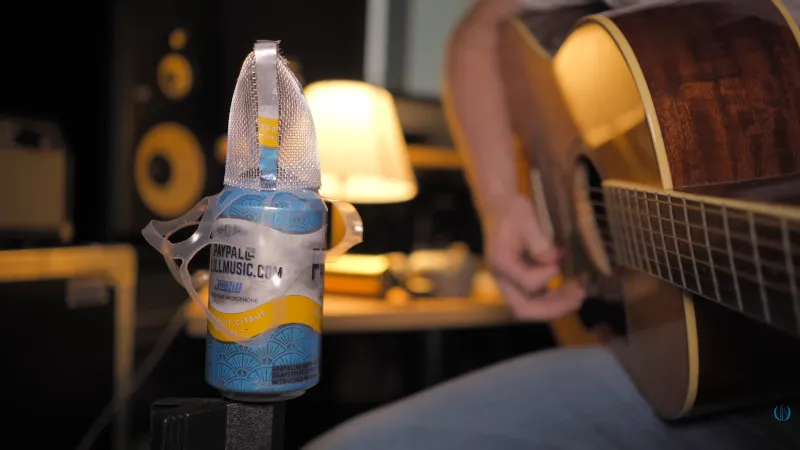He’s coming to this from the viewpoint of a musician rather than an engineer, but his methodology is not diminished by this. He’s putting each mic on test in front of the same speaker at the same position, and playing a standard piece of music and a tone sweep through each. He doesn’t have an audio analyser, reference speaker and microphone, or anechoic chamber, so he’s come up with a real-world standard instead. He’s comparing every mic he can find with a Shure SM57, the go-to general purpose standard in the world of microphones for as long as anyone can remember, being a 1960s development of their earlier Unidyne series. His reasoning is that while its response is not flat the sound of the SM57 is what most people are used to hearing from a microphone, so it makes sense to measure the others against its performance.
My own hearing is really at a stage that I don’t hear a lot of difference. I’ve always believed though in post-processing by just listening to the result and then making a few tweaks if the sound does not have enough bass. Chasing after expensive brand names is only for those who can really afford it. That said, I’d love to see a musician on stage with a soda can microphone.
See https://hackaday.com/2023/10/05/just-what-is-tone-in-a-microphone/

